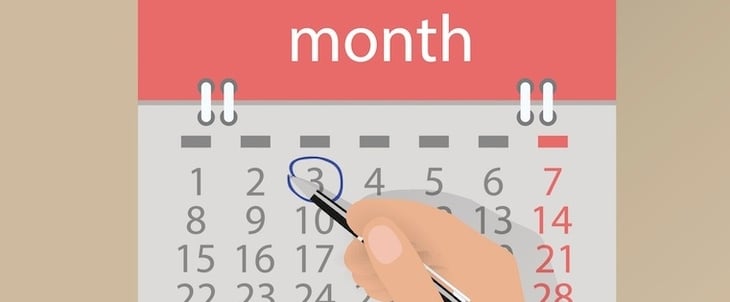In order to sell someone, you first have to get them to take a meeting with you. And as salespeople know, this is far easier said than done. Reps make countless calls each day, hoping and praying that one of their prospects will pick up the phone. Finally, someone does -- and what do they say? "I'm too busy for this.", "Can you just send some information?", "Is this a sales call?" *Click.* You probably didn't even get the chance to pull out your attention-grabbing statistic or perfectly phrased value proposition before the call ended. Back to square one.

If salespeople can even slightly boost their odds of booking that critical first meeting, their pipelines will be in good shape. At AA-ISP's 2015 Inside Sales Leadership Summit, Mike Scher, CEO of Frontline Selling, shared a three-step process proven to increase the chances of an appointment. "We looked at different reps and the ones that were most effective did three very simple things every time they had a key player on the phone," Scher said. "Those three steps are called disarm, purpose, and question."
1) Disarm
On the off chance a buyer actually answers the phone, one thing is certain -- they're busy. With this in mind, Scher said that reps with the highest connection rates acknowledge this fact up front.
"Introduce yourself and your company and acknowledge they're busy," Scher said.
For example: "Hi, this is Ann Jones with ABC company. I'm sure I caught you in the middle of something.”
Why introduce yourself? Scher pointed out that people are naturally suspicious when they pick up the phone (who is this, anyway?), and the best way to get them to lower their guard is by saying outright who you are and where you're calling from.
"Disarming them gets their attention off whatever else they're doing and gets them focused on you," Scher said.
2) Purpose
Every sales rep knows the point of a first call is to set up an appointment. Surprisingly, however, "the number [of reps] that actually ask for an appointment is very small," Scher said.
After disarming the prospect, Scher advised reps to dive into their purpose -- asking for an meeting. He gave an example: “The purpose of this call is to get 20 to 30 minutes to discuss how we can reduce your operating costs by 20%.”
Why 20 or 30 minutes? Scher explained that this block of time was deliberately chosen.
"When you ask for less than a 20- or 30-minute block you're doing yourself a disservice," he said. "Lots of times, people ask for five or 10 minutes -- all you're doing is indicating it's not important."
3) Question
Scher advised reps to end their prepared speech with a specific question.
"Ask a question on how to accomplish your purpose," Scher said. "'Would Tuesday at 10 or Wednesday at 2 work best for such a call?' If we ask the question, they have to answer it."
That is .. unless they don't. An audience member brought up the fact that a prospect might ignore the question entirely and ask, "What is this about, anyway?" In this case, Scher recommended a rinse and repeat -- disarming, stating the purpose, and asking a question all over again.
If the prospect still evades an appointment after three cycles of this process, Scher suggested sending a piece of informational content -- in a calendar invite.
"The obligation for them to read the materials will never be higher than at [that moment], so use that opportunity to lock down the appointment," Scher said.
If you try this method, tweet your results to Scher with the hashtag #ITriedStaccato, and be sure to leave a comment here as well.
Editor's note: This post was originally published in April 2015, and has been updated for comprehensiveness and accuracy.
Guest Blogger: Written by Emma Brudner | @emmajs24 from Hubspot






